A seven-floor boutique hotel in the heart of Saigon where contemporary Vietnamese art reawakens what has long been waiting quietly within.

Nestled along the bustling urban rhythm of Hồ Tùng Mậu Street, Anima – or “soul” in Latin – opens the door to a more tender journey, one of returning, reviving, and beginning anew. On August 1, 2025, the hotel officially welcomed its first guests into a space where art breathes, stillness listens, and the soul is gently remembered, marking a new chapter at the intersection of hospitality and contemporary Vietnamese art.
Guest Rooms – Where Inspiration Awakens
What feeling will greet you when the day first opens its eyes?
Guest rooms at Anima are spaces to return to yourself - where inspiration might rise from morning light, a crack in the wall, or a quiet painting resting against honest, textured surfaces.
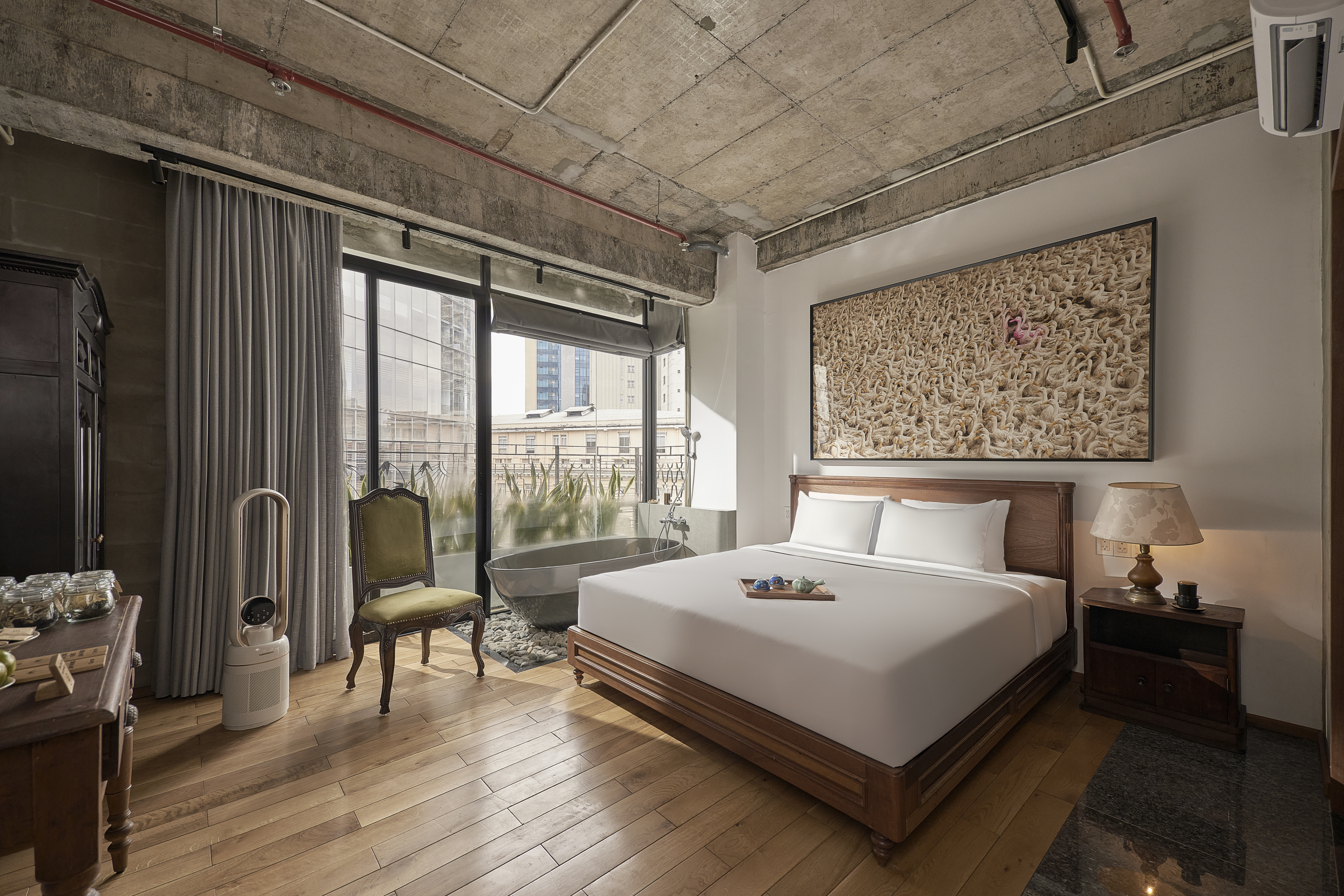
Architecture here aims for simplicity and authenticity: rough brick walls, exposed concrete ceilings, and curated antique furniture arranged with intention. This rawness becomes the ideal foundation for art to live vibrantly and truthfully.
Each room feels like a "creative studio," yet warm like home. Original works from local artists, handcrafted wood, ceramics, and fresh flowers create distinct emotional rhythms — both tranquil and sensory-awakening.
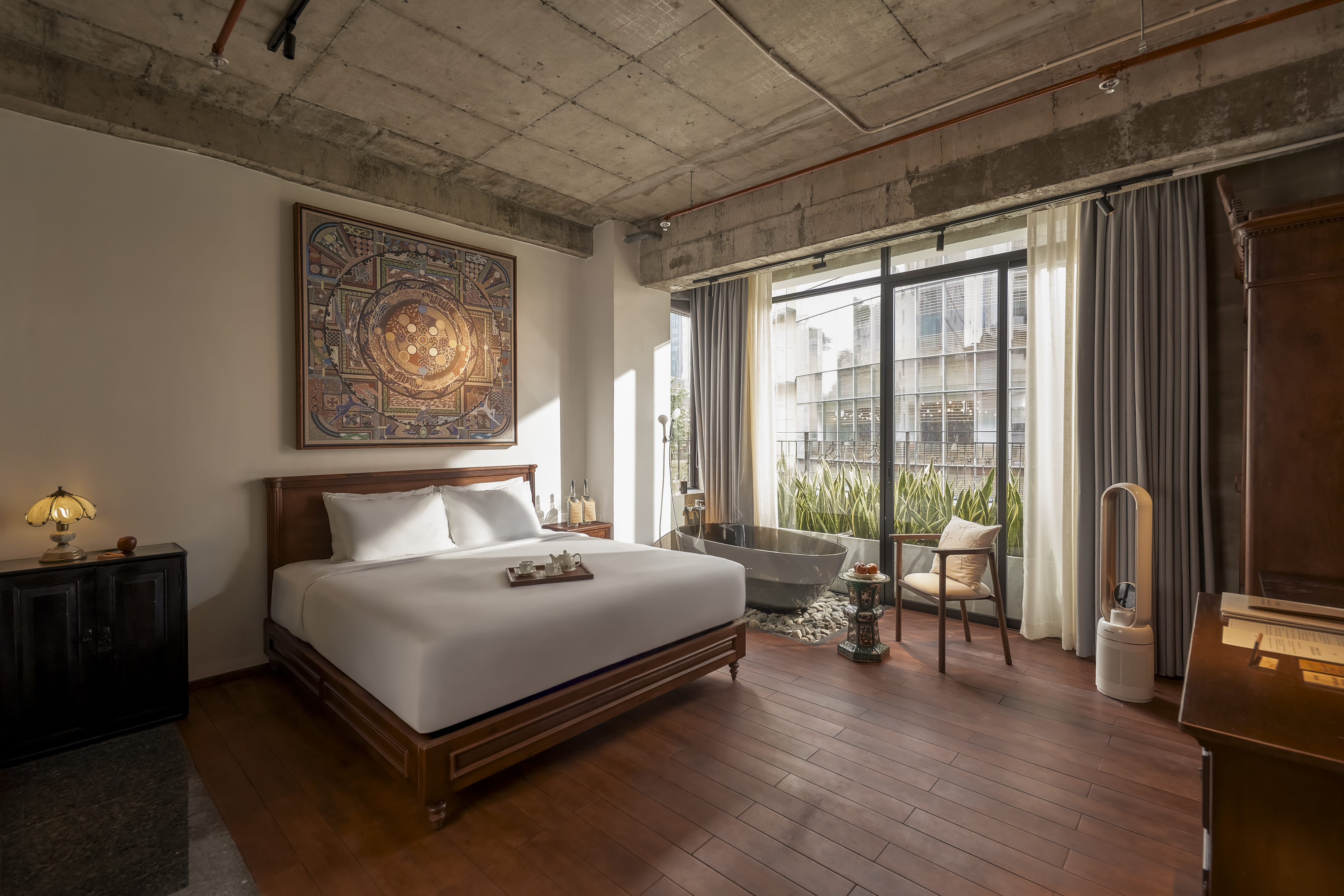
At Anima, every room is different. Size, layout, lighting, and atmosphere are designed specifically for each category- from Artist Standard, Signature, Deluxe, Premium to Suite. Large windows opening to the vibrant city bring fresh energy, while quiet corners nurture deep concentration.
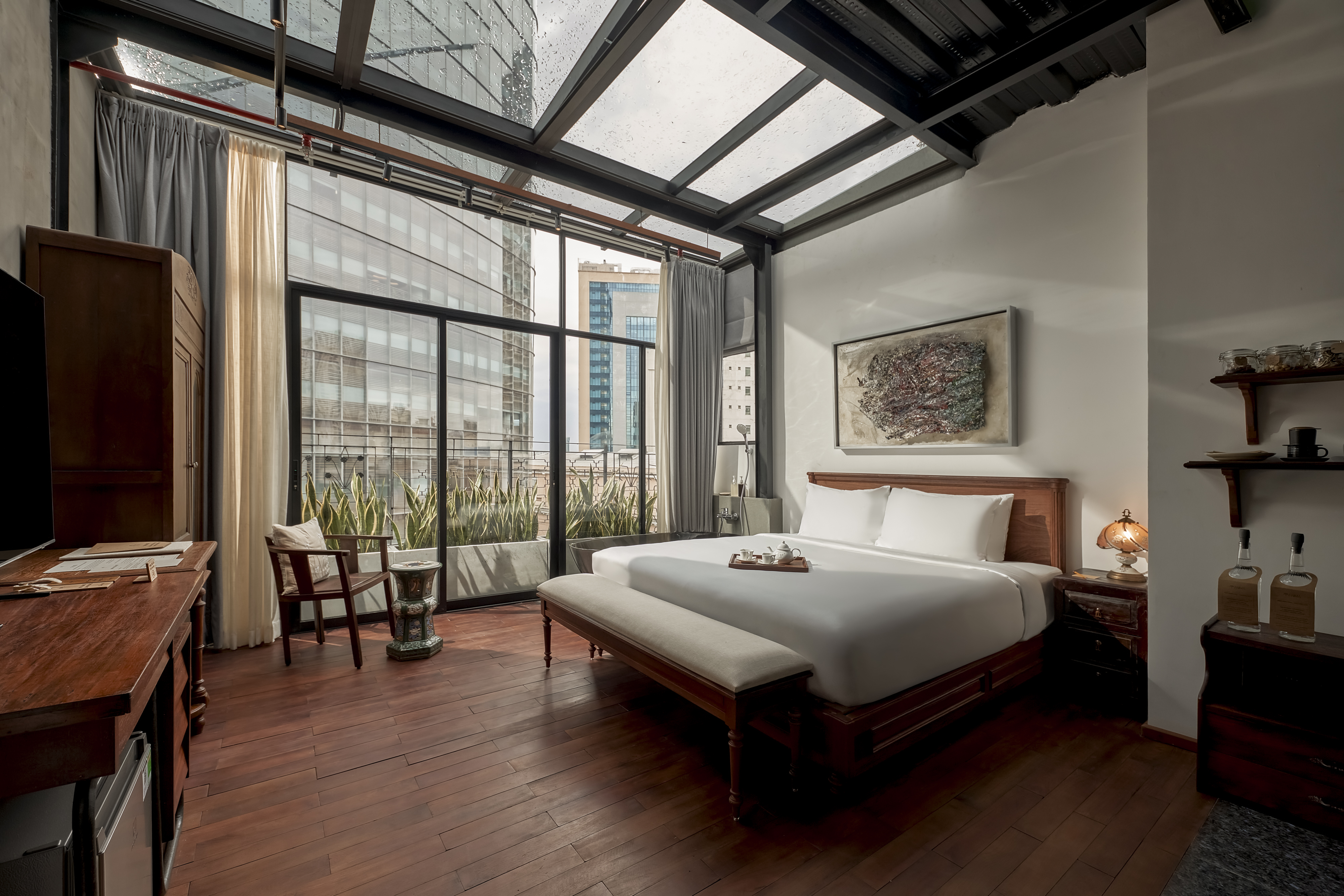
ÚNU Cocktails & Eatery – Where Nature and Art Nourish the Spirit of Vietnamese Cuisine
Resting on Anima’s ground and mezzanine floors, ÚNU Cocktails & Eatery invites you into a space where Vietnamese gastronomy meets contemporary art in harmony with nature. Here, food and drink are not only composed with care — rooted in seasonal, local ingredients — but also honor memory, creativity, and feeling through flavor.
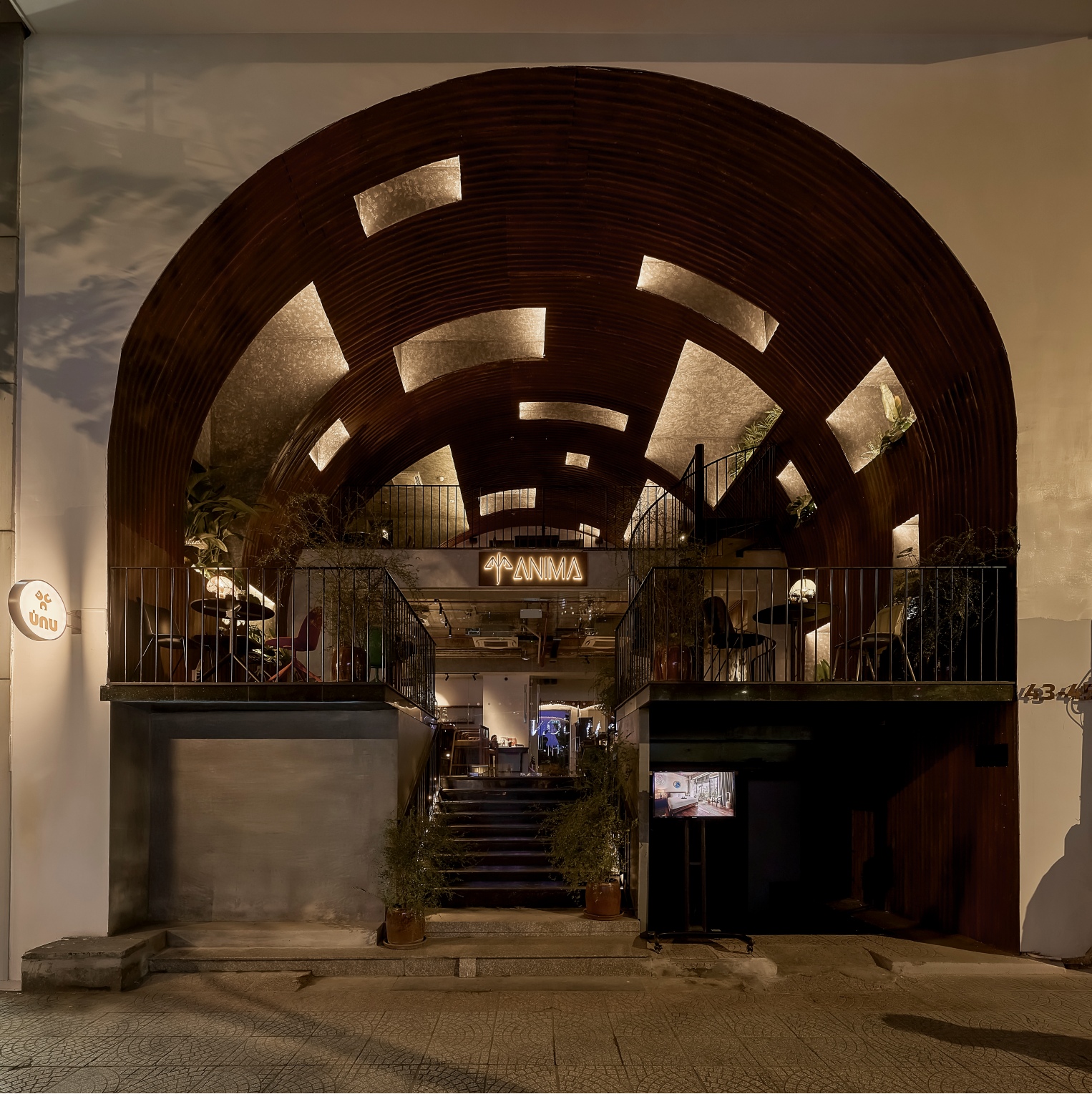
A signature highlight of ÚNU is its “Liquid Stories” cocktail menu: a series of drinks drawn from the inner worlds of seven contemporary Vietnamese artists. Each cocktail distills a memory, a shift, a sense of place — crafted not just to refresh, but to resonate.
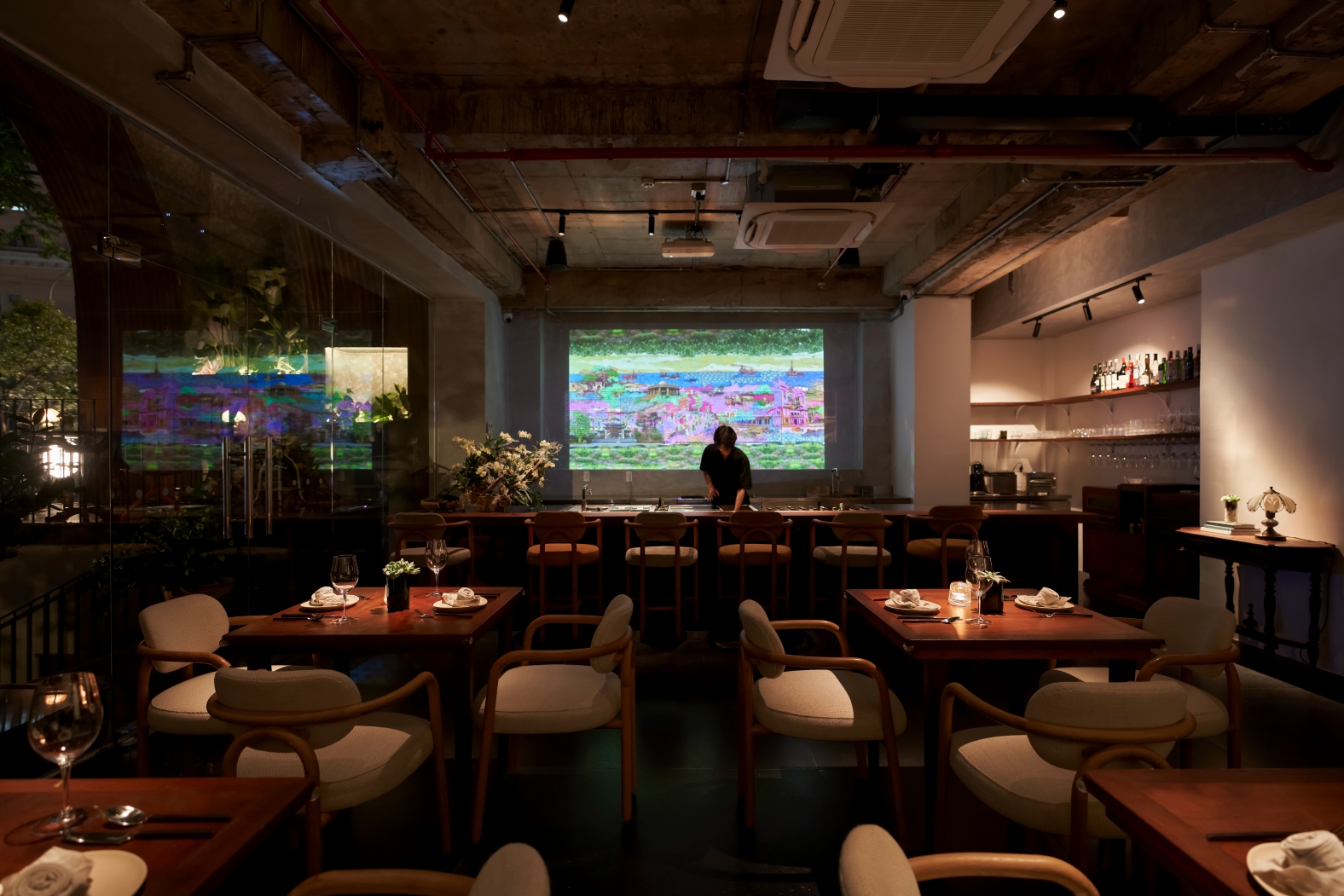
A Sanctuary Where Body, Mind, and Spirit Return to Gentle Harmony
Located on the eighth floor, Anima’s Wellbeing Center emerges from a profound understanding of the body’s need for balance in today’s fast-moving world. It is designed to support not just physical ease, but emotional presence and mental clarity.
Here, you are guided through a journey of self-care and self-attunement. Specialized deep-tissue therapy treatments are far more intense than conventional relaxation massage, and are especially effective for releasing tension in the neck and shoulders. Sound healing with singing bowls helps re-center energy, allowing the mind to soften and the breath to grow steadier.
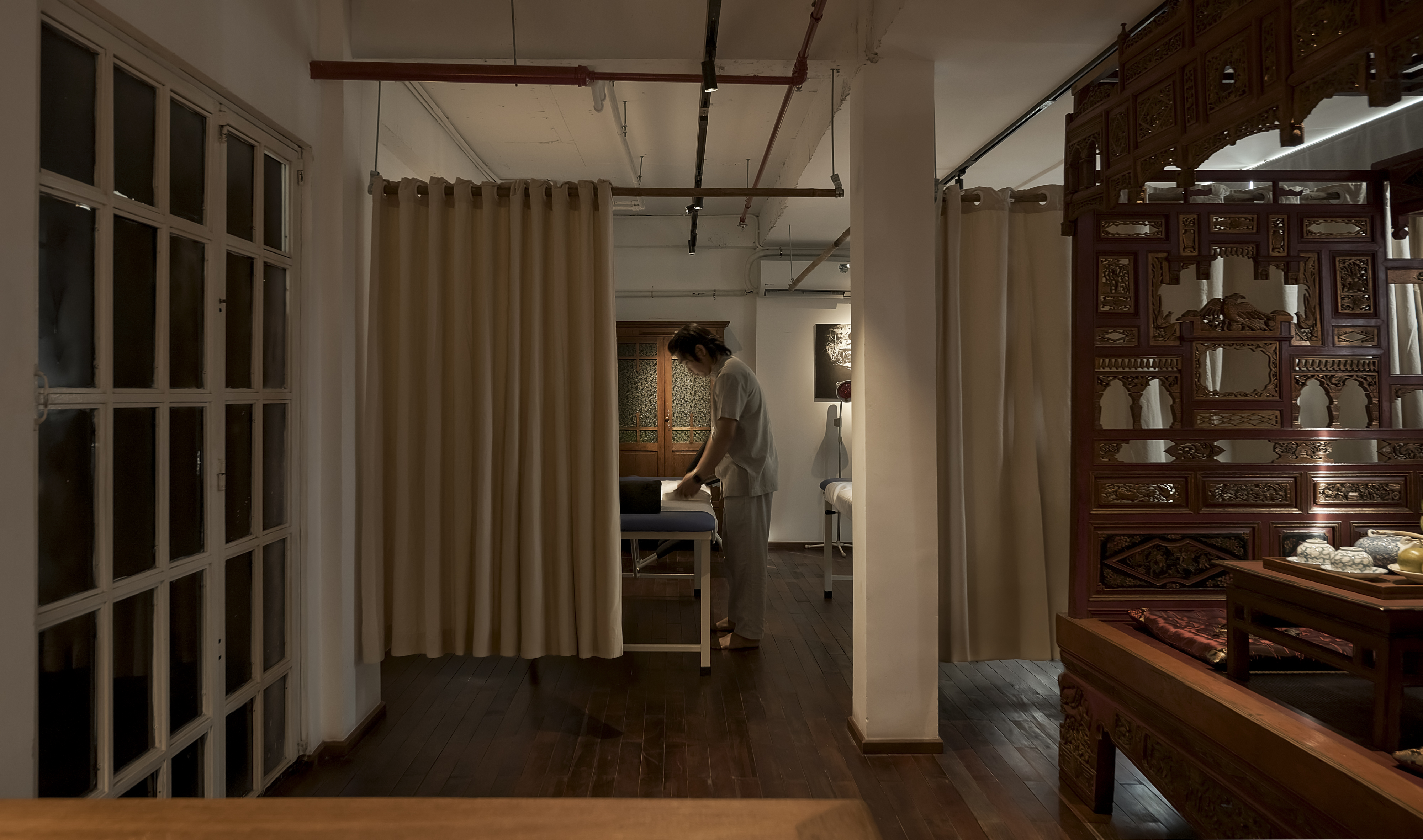
This is a space where contemporary knowledge meets the quiet wisdom of traditional medicine. Curated art lives alongside handcrafted furniture and fresh greenery—creating harmonies between old and new, body and feeling, movement and stillness.
Wellbeing at Anima means attuning to the subtle signals within yourself and being truly heard by practitioners who listen with intention. Here, restoration becomes a gentle return — steady, tender, and deeply human.
"Take refuge at Anima
Build stillness within
Seek the soul
And when you find it
The empty silence of meaninglessness will be filled with joy
And you will hear birds singing again."
ANIMA – Reconnect, Revitalize & Embark on a New Adventure.
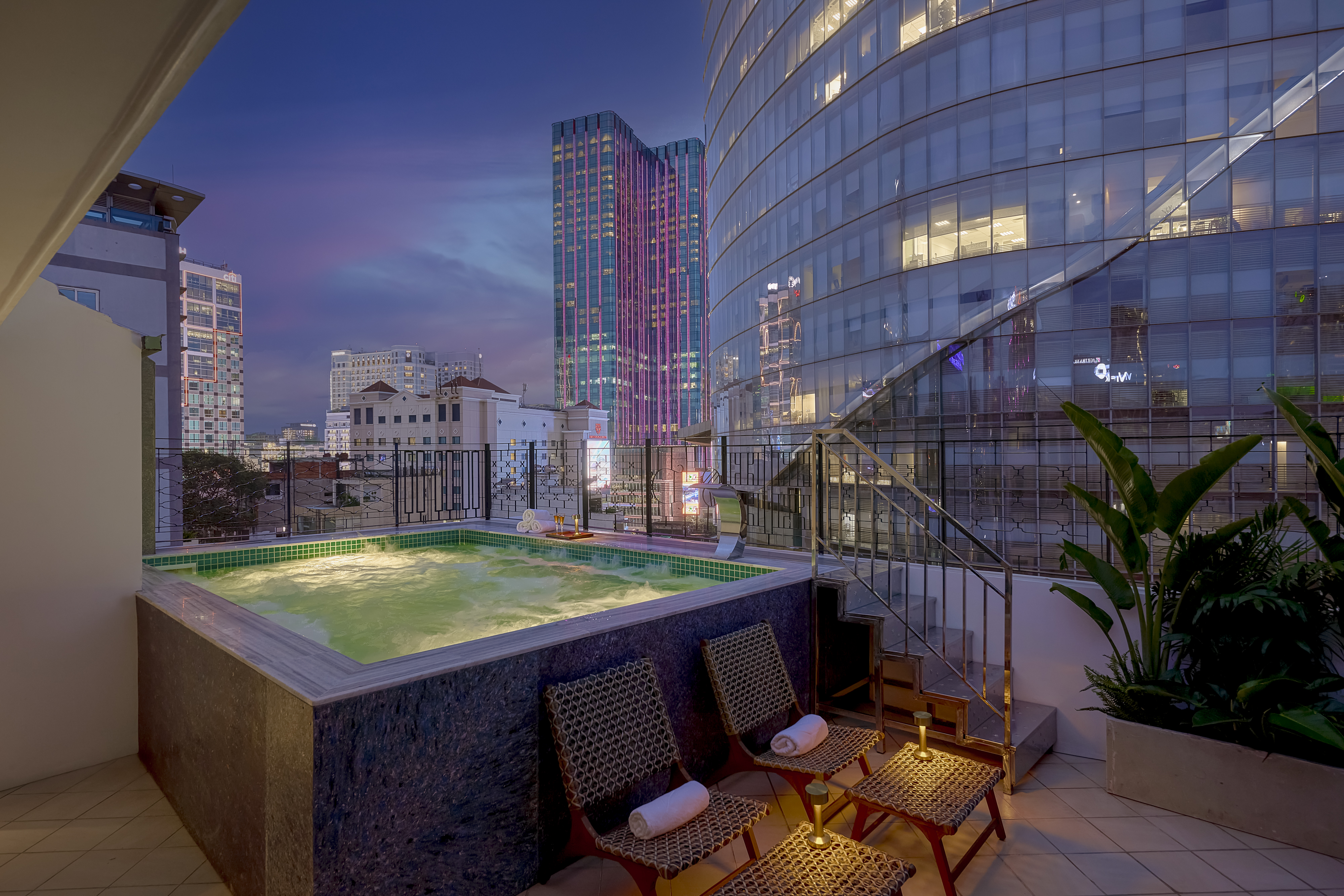
Art That Sparks Curiosity
Every corner at Anima is a testament to the power of art. Curated in collaboration with a contemporary Vietnamese artist, each level becomes a quiet world of its own where color holds memory, and form carries the stories words can’t contain.
As you step into the lobby, your gaze might catch the reception—or perhaps drift unexpectedly to the back wall, where a sweeping black-and-white triptych by Bách Vũ swirls like a memory caught in motion. Nearby, Hoàng Vũ’s holographic installation — a roast duck rotating endlessly within glass — becomes a question in motion: What was? What becomes?
What whispers might live in intricate details? On Floor 2, Tuýp Trần (1988) weaves mandalas, dragons, and phoenixes onto traditional dó paper—each stroke a quiet meditation. His Once Upon A Time and Lột Xác (Shedding Skin) works unfold like visual mantras, guiding us through cycles of becoming - mapping a soul's patient pilgrimage through the shifting geometry of self.
How does vulnerability become a pathway to beauty? Floor 3 breathes with the tender vision of Phạm Xeen (1994), who paints without glasses—reimagining the blurred vision his father lived with after a stroke. Clarity dissolves, emotion remains. His clouds drift like unspoken thoughts, his stones settle like quiet surrender, his trees stretch like longing. Each brushstroke becomes meditation rather than narration, each hue humming like a soft, uncertain memory yet deeply felt.
What rhythms does homeland carry in the heart? Floor 4 pulses with Đặng Quang Tiến's (1992) memories of the Mekong Delta, where his "Chạy Đồng" (Running Fields) series captures watercolor ducks in eternal dance. Some stand out in neon pink, others blend in earthen tones—carrying both drought's harsh teachings and contemporary life's LED-bright reflections across Vietnam. These creatures seem to remember afternoons when time moved differently, inviting our own memories to surface like ripples on still water.
Where do colors carry the weight of memory? On Floor 5, Lê Phi Long (1988) paints with blues that recall distant oceans, golds that shimmer like sunlight through silk, and silver that echoes forgotten moonlight. His Đông Dương Lãng Du series evokes the quiet tension of beauty shaped by hardship. Lotuses rise not from serene ponds, but from weathered, cracked roots—symbols of endurance blooming through time. In works like Leisure and Crown of Thorns, circles meet thorns with tender precision, inviting reflection on where longing and pain quietly intertwine. Some pieces emerge sculpturally from the walls themselves, as if memory had softened into space.
What remains when waves recede? On Floor 6, Mzung Nguyễn (1982) – once a documentary filmmaker – turns her gaze inward, expanding into sculpture, painting, installation. Her Đông Hải (East Sea) series weaves coral, steel mesh, and archived newspapers into fragile forms that echo both reef and city—fragile, layered, quietly eroding. In The Sea Itself (2025), coral appears sparingly—like forgotten breaths or fading memories of a wounded sea. For Mzung, waves carry not just water, but information, speed, and desire. A meditation on how we live—and what slips away, slowly.
What emerges when journeys come full circle? Floor 7 breathes with Bách Vũ's (1993) quiet return—from London's financial towers back to Vietnam's creative heart, walking the artistic path once paved by his father, Thắng Vũ. At ÚNU Cocktails & Eatery, his black-and-white painting The Endless Drifting of an Unconscious Mind (2024) welcomes guests into soft, smoke-like motion - like dreams that dissolve before words arrive. Upstairs, his Purple Rain series, born from the stillness of 2021’s lockdown, captures purple twilight over Tràng Tiền street, rendered in minimalist silence. Together, they offer a final exhale - where art doesn’t speak loudly, but heals gently.
Where are emotions kept before they are named? On Floor 8, ANIMA’s Wellbeing Center becomes a quiet mirror through the works of Lê Quốc Anh (1999). Raised between Hà Nội, Huế, and Sài Gòn — cities of memory and movement — Quốc Anh paints not what is seen, but what is sensed. In System (2014), a single red line interrupts black and white like breath breaking silence. In Outrenoir (2023) and Sound II (2024), hidden texts sleep beneath black layers — waiting not to be read, but to be remembered. His works ask subtly: What part of yourself will you recognize, when there is nothing left but feeling?